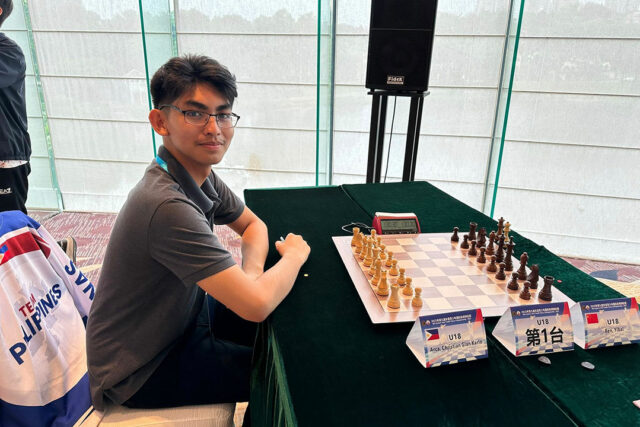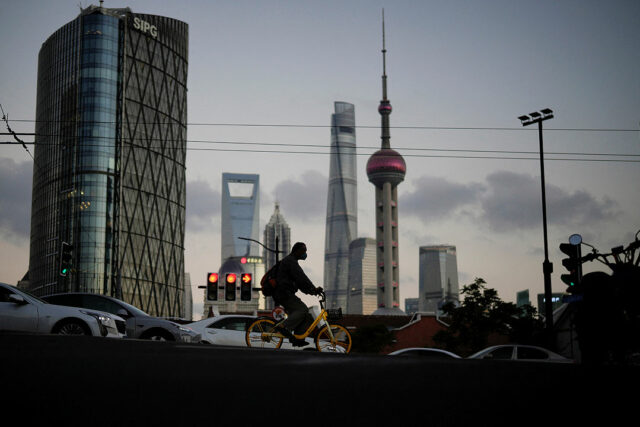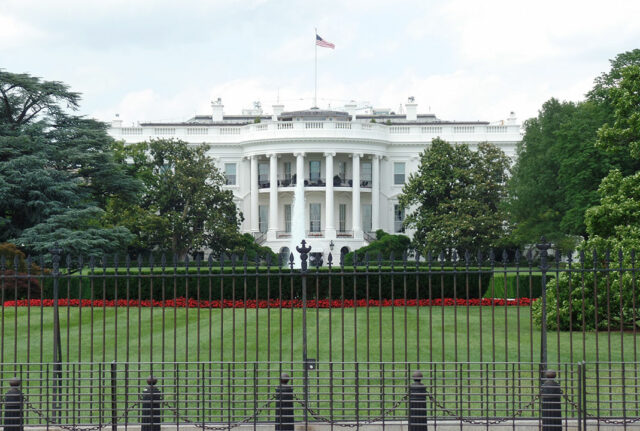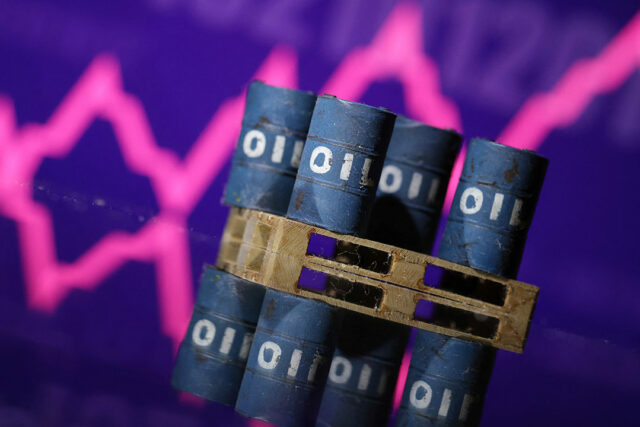Ateneo survives upset-minded UE to revive its Final Four hopes
ATENEO DE MANILA University (ADMU) snapped out of a costly five-game funk and kept University of the East (UE) winless via comeback win, 78-74, to revive its Final Four hopes in the UAAP Season 88 men’s basketball tournament on Wednesday at the Mall of Asia Arena.
The ADMU Blue Eagles unleashed a 12-3 closeout to dodge a massive upset from the UE Red Warriors on a 15-game losing spell since last season to get back on track at 5-5 after going winless in the entire month since an 81-74 win over De La Salle University for then a 4-0 start.
Ateneo, which is eyeing for redemption this year after a cellar finish in Season 87 with a dismal 4-10 slate, tied Adamson University at fifth place to knock on the Final Four door currently occupied by National University (8-2), titleholder University of the Philippines (6-3), La Salle (6-4) and University of Santo Tomas (5-4).
Gilas Pilipinas-bound forward Kymani Ladi posted 16 points and nine rebounds while Divine Adili returned from a three-game absence due to a back injury in style with 15 points and 13 rebounds laced by two assists, two steals and a block.
Ian Espinosa (13) and Dom Escobar (11) were also instrumental while Shawn Tuano and Waki Espina chipped in nine and seven points, respectively, for the wards of coach Tab Baldwin in a must-win game that they barely secured after trailing by as many as 11 points in the second half.
“What an outstanding effort by UE. The UE coaching staff did a great job. It’s never easy but we got a win we desperately needed. And we’re gonna need more,” said Mr. Baldwin, whose charges lost steam bridging the first and second round after a perfect start owing to the injuries of Mr. Adili and floor general Jared Bahay.
“I don’t think anybody (inside the Final Four) is sitting feeling confident except maybe for NU. The pack is tight and talented. I don’t feel confident as well but we’re in it for a fight and that’s the first thing. You can punch a ticket if you’re in the fight so it’s a big win for us and now we have a puncher’s chance.”
Ateneo almost did not make it through, staring at a 52-63 deficit late in the third quarter to move on the brink of becoming UE’s first victim after its winless start in nine games.
Slowly but surely though, the Blue Eagles clawed back to trim the Red Warriors’ gap to 66-71 midway through the first period before launching a 6-0 spurt capped by Mr. Adili’s short heave to snatch the lead at 72-71 in the last three minutes.
UE managed to regain the driver’s seat in the two minutes after an and-one bucket of John Abate and that set the stage for a defensive encounter and a free throw-shooting contest. Mr. Espinosa proved to have the steadier hands by draining four of Ateneo’s last five freebies including the dagger pair in the last nine seconds.
Precious Momowei collared 19 points and 18 rebounds along with four assists and two blocks, Wello Lingolingo came back from a three-game suspension with 19 points on four triples while Mr. Abate scored 18 but to no avail for the Red Warriors (0-10).
UE still missed the services of head coach Chris Gavina in the tailend of his four-game ban for their 16th straight loss since last season.
In women’s basketball, two-time MVP Kacey dela Rosa (19) and Hannah Lopez (18) connived as the Blue Eagles (7-3) tightened hold of the third seed and eliminated the Lady Warriors (0-10), 81-57. It’s the 20th defeat in a row for UE since last season when it ended a longer 40-game spell with a 65-47 win over La Salle. — John Bryan Ulanday
The scores:
Ateneo 78 – Ladi 16, Adili 15, Espinosa 13, Escobar 11, Tuano 9, Espina 7, Lazaro 4, Bongo 3, Bahay 0, Lazo 0, Fjellvang 0.
UE 74 – Momowei 19, Lingolingo 19, Abate 18, Despi 8, Datumalim 6, Robles 2, Cruz-Dumont 2, Caoile 0, Lagat 0, Malaga 0.
Quarterscores: 18-21, 39-40, 57-64, 78-74














